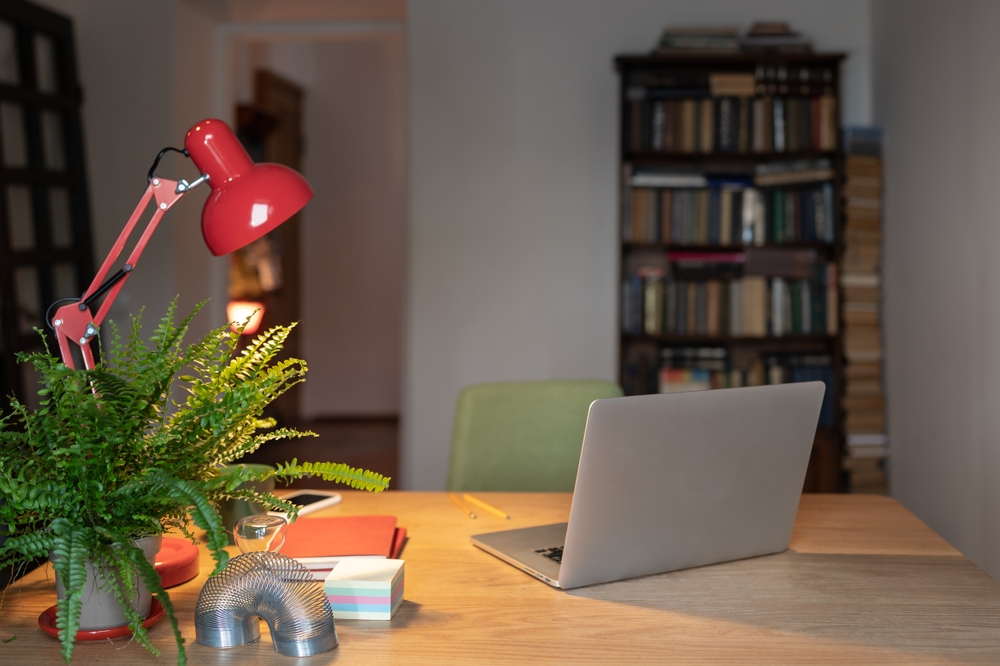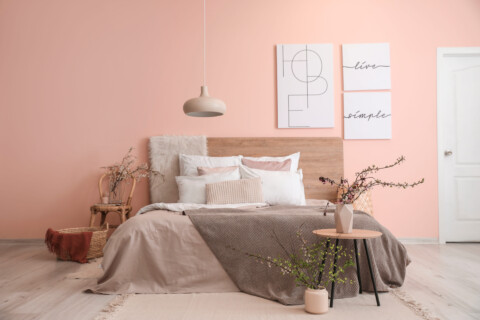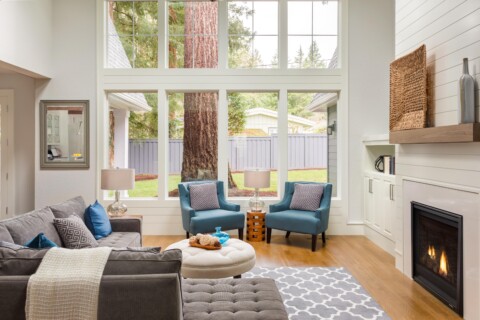Regardless of the size of the space, creating a workspace that suits your needs and preferences is crucial to encouraging creativity and productivity. Intelligent design decisions can make any space into a productive and inspiring workspace, regardless of how big or small your office is. No matter the size of the space, we’ll look at a variety of creative concepts and useful advice in this post to help you create your own successful workstation.
Determine Your Needs: Spend some time analyzing your unique needs and work habits before you start designing your workspace. Think about your preferred working style, the tools and equipment you use, and the type of work you do. Do you need a lot of surface area to draw or craft, or are you mainly focused on computer-based tasks? Knowing what you need will help you make design decisions that will make your workspace comfortable and effective.

Maximize Vertical Space: Vertical space is a useful resource in small spaces that can be made the most of to increase functionality and storage. Place wall-mounted organizers or floating shelves above your desk to keep things like files, books, and stationery that you use often. In order to maximize vertical height and minimize the amount of space taken up on the floor, think about adding a tall bookcase or storage tower. Maintaining an orderly and clutter-free workspace will help you create a more productive atmosphere.
Select Versatile and Flexible Furniture: When choosing furniture for a small workspace, look for items that are both versatile and flexible. To maximize space efficiency, look for a desk that has a pull-out keyboard tray or built-in storage compartments. To improve posture and lessen fatigue, think about getting a height-adjustable desk that will let you switch between sitting and standing throughout the day. Select a chair with ergonomic features, like movable armrests and lumbar support, to guarantee comfort when working for prolonged durations.
Establish Functional Zones: Set up separate zones in your workspace according to the regular tasks you carry out. Set aside a space with a comfortable chair and enough lighting for using a computer. Establish a distinct area with a drafting table or movable easel for brainstorming sessions or other creative endeavors. Even in a small space, you can improve organization and workflow efficiency by drawing boundaries between different areas of your workspace.
Utilize Natural Light: The effects of natural light on mood, productivity, and general well-being are significant. Place your desk next to a window to get the most natural light and make the space feel airy and welcoming. Choose sheer blinds or curtains to minimize glare and maintain privacy while letting plenty of natural light in. Task lighting, such as floor or adjustable desk lamps, can help illuminate your workspace more efficiently if natural light is scarce.
Incorporate Personal Touches: Adding thoughtful décor and accessories to your workspace can boost motivation and creativity. Put inspirational quotes, images, or works of art on display that speak to your goals and values. Incorporate aspects of your individuality and passions into the layout, whether via striking accent hues, ornamental items, or live plants. You can design a workspace that feels exclusively yours and encourages a sense of coziness and belonging by surrounding yourself with objects that bring back pleasant feelings and memories.
Embrace Minimalism: Using a minimalist design style can help give a small space a feeling of openness and clarity. To reduce visual clutter, choose furniture that is streamlined, has clean lines, and has little ornamentation. Select a muted color scheme for the walls and furniture, adding visual interest with splashes of color or texture. When making design decisions, put functionality and simplicity first, emphasizing key components that enhance wellbeing and productivity.

Conclusion:
Any size space can be designed with a functional workspace with careful planning, imagination, and attention to detail. It is possible to create an environment that encourages creativity and productivity by evaluating your needs, making the most of vertical space, selecting flexible furniture, and utilizing natural light. Bring a personal touch, embrace minimalism, and create an environment that encourages creativity and concentration in your workspace. These innovative concepts and useful advice can help you turn any area into a center of success and productivity.







